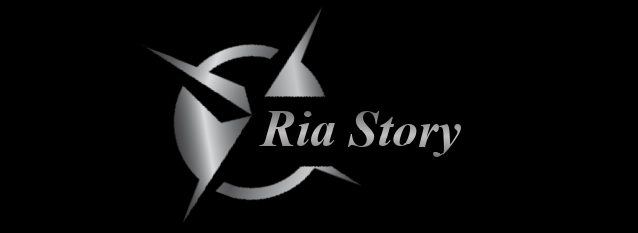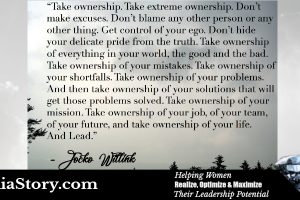If energy is neither created nor destroyed only transformed, then the Energy Quadrant has energy both coming in (to us) and going out (to others). Energy is in our physical dimension of life because we live in a physical world and we are living in a physical body.
Yesterday we talked about the Experience Quadrant and how our perspective determines whether we see the experiences of life as positive or negative. In other words, the experience simply is – it’s neither good or bad, positive or negative in itself. It’s our frame of reference that determines whether it’s positive or negative. Energy isn’t like that – it IS either positive or negative. And, there can be no doubt that the energy coming in to us influences the energy we give out to others. Positive energy in = good energy out. Negative energy in = bad energy out. Without getting too deep into science, for this article let’s focus on three areas of energy: energy in your brain, energy in your body, and energy in your environment.
Energy in your brain
To borrow a phrase from my favorite book, “As a man thinketh in his heart, so is he.” You cannot separate yourself from your thoughts because they are integral to who you are. As you think, you are. As you are, you think. And, the thoughts we think are influenced (not determined, but strongly influenced) by what we read, watch, spend time with, and listen to. For example, you can watch a movie about a murder mystery without deciding to act out the scenes yourself. But, if all you do is repeatedly watch, read, think about ways to commit murder over and over again, it’s going to influence your thinking at some level over time. That’s why children often act just like their parents. As humans, we see, and we very often do. Not always, because there is the element of choice involved, but we are strongly influenced by the energy that goes into our brain. Therefore, it’s incredibly important to filter it! Your level of intention about what energy you are pouring into your most precious resource determines your results and your Resilience Quotient. That’s why I read 50 non-fiction positive, inspirational leadership books every year!
“People who cannot marshal some control over their emotional life fight inner battles that sabotage their ability for focused work and clear thought.” Daniel Goleman
Energy in your body
Your brain is your most precious resource and without a doubt your strongest organ. But, your physical body is what carries out the commands of the brain (sometimes better than others!) and allows you to accomplish tasks in the physical world. It’s also the way you fuel your brain and access those things you influence the brain with. In other words, the brain is dependent on the eyes to see, the ears to hear, etc. So, how are you tapping into more energy for your body to use? Remember you cannot create energy, only transform it. That means we must be intentional about transforming positive energy in the body in the ways we eat, exercise, rest, and rejuvenate. In other words, self care is critical to your Resilience Quotient! There is a wealth of information on good physical health habits available so I won’t repeat it here. My point here is to be intentional about creating positive health habits to maximize the creative potential of your brain. You don’t have to be perfect, just intentionally getting better.
“The pain of discipline weighs ounces. Regret weighs tons.” Jim Rohn
Energy in your environment
I was once working in a job where there was a three way tug of war going on between the office manager, the physicians who saw patients in the clinic, and the corporate office who ran the organization. Everyone wanted to blame everyone else for anything and everything that went wrong. It was, at best, a toxic environment and you could have cut the tension in the office with a knife. Stress levels soared, morale plummeted, and you never knew which policy to follow on which day of the week because you weren’t sure who was winning at the moment: the physicians, office manager, and corporate office all had competing agendas. Odds are, you’ve also experienced a situation where there was tension or negative energy in your environment. How did it affect you? Stress goes up, morale goes down, and the energy in your environment influences how you feel. Your environment should be in alignment with your values in order to be a positive influence on you. For example, I value a clean house without a lot of clutter. When the house is a mess, cluttered, or dirty, I don’t feel good. Anytime I get stressed out, you will find me cleaning, organizing and sorting. I know that controlling my environment will help me have more positive energy. Let me say this, your environment is not just your house, car, or office. It’s also the relationships in your life. If you have negative people in your environment, find a way to spend as little time with them as possible. Better yet, redefine the relationship. You can still love them – but you don’t have to spend time with them! The unfollow button works beautifully for negative people posting in your newsfeed – use your “unfollow button” for friends who aren’t virtual as well.
More on that tomorrow when we talk about the fourth and final Quadrant tomorrow – the Expression Quadrant in the social/relational dimension of life.
Interested in learning more? Join me in February 2018 for a women’s retreat to learn how to overcome the past and create the future you want!
About Ria: Like many, I faced adversity in life. Raised on an isolated farm in Alabama, I was sexually abused by my father from age 12 – 19. Desperate to escape, I left home at 19 without a job, a car, or even a high school diploma. Watch my 7 minute TEDx Talk on Resilience here.


